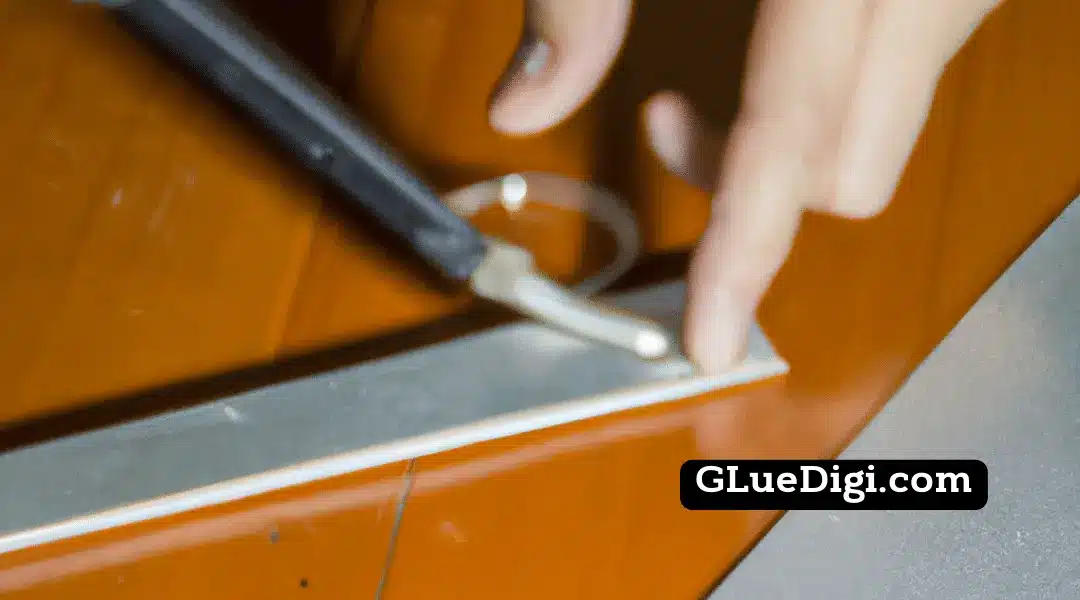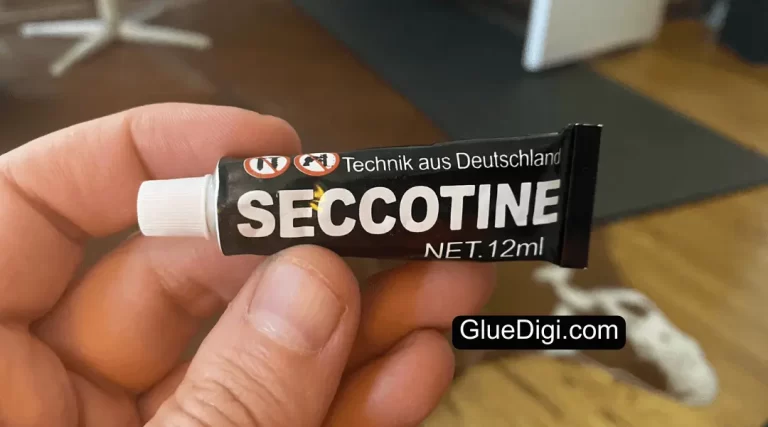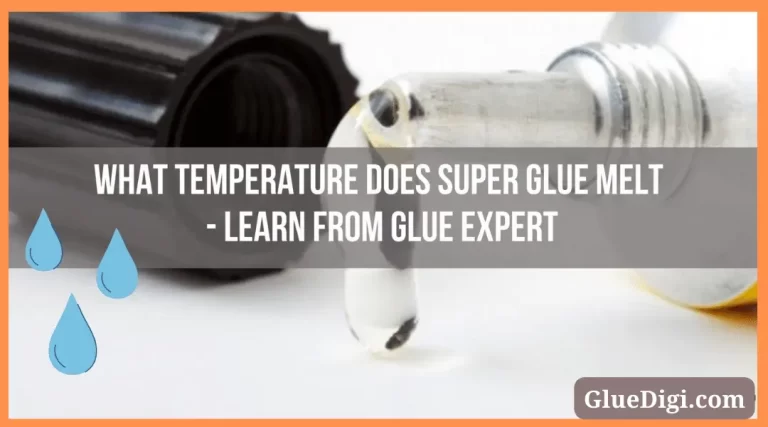How to Glue Metal to Glass? Gluing metal into glass can be a challenging task. It requires the right adhesive and proper techniques to ensure a strong bond. In this guide, we will provide you with a complete and detailed informational guide on How to Glue Metal to Glass.
Let’s dive into this peculiar topic and uncover the taste, health risks, and even unique uses of glue beyond its intended purpose.
We will cover the different types of adhesives, the preparation process, application techniques, and safety precautions. By the end of this guide, you will have all the information you need to glue metal to the glass like a pro.
How to Glue Metal to Glass
How to Glue Metal to Glass? Gluing metal to glass requires using the right adhesive to ensure a strong and durable bond. Here’s a step-by-step guide on how to do it effectively:
Materials you’ll need:
- The high-quality adhesive is suitable for bonding metal to glass (see adhesive options below).
- Isopropyl alcohol or glass cleaner
- Clean cloth or paper towels
- Clamps or weights (if needed)
- Protective gloves (recommended)
Step-by-step process:
- Clean the Surfaces: Thoroughly clean both the metal and glass surfaces that will be bonded together. Use isopropyl alcohol or a glass cleaner to remove any dirt, grease, or residues that could hinder the bonding process. Wipe the surfaces with a clean cloth or paper towel and allow them to dry completely.
- Choose the Right Adhesive: Several adhesives can be used to bond metal to glass. Some common options include:
- Epoxy: A two-part epoxy adhesive is a popular choice for bonding metal to glass due to its strength and durability.
- Silicone Adhesive: Silicone adhesives provide good flexibility and resistance to moisture, making them suitable for some metal-to-glass bonding applications.
- UV-curing adhesive: UV-curing adhesives are activated and cured using ultraviolet light, providing quick bonding and excellent transparency.
- Apply the Adhesive: Follow the instructions provided by the adhesive manufacturer. In most cases, you’ll need to apply the adhesive to one of the surfaces, either the metal or the glass. Apply a thin, even layer of the adhesive, ensuring complete coverage but avoiding excess buildup.
- Join the Surfaces: Carefully position the metal and glass parts together, aligning them properly. Apply gentle pressure to ensure good contact between the surfaces.
- Clamp or Weight (if needed): Depending on the size and weight of the metal object, you may need to use clamps or place some weights on top to keep the surfaces in contact while the adhesive cures. Be cautious not to damage the glass or metal during this process.
- Curing Time: Allow the adhesive to cure as per the manufacturer’s instructions. The curing time can vary depending on the type of adhesive used.
- Clean Up: Wipe off any excess adhesive that may have squeezed out during the bonding process using a clean cloth and the appropriate solvent (if recommended by the adhesive manufacturer).
Remember to follow safety precautions and wear protective gloves if advised by the adhesive manufacturer. Additionally, be aware of any specific temperature or humidity conditions required for proper adhesive curing.
Types of Adhesives
There are different types of adhesives suitable for gluing metal to glass. The most common ones are epoxy, silicone, and cyanoacrylate. Epoxy is a two-part adhesive that forms a strong bond and is suitable for heavy-duty applications.
Silicone is a flexible adhesive that can withstand high temperatures and is ideal for sealing and bonding. Although cyanoacrylate produces a strong bond instantly, it is not recommended for heavy-duty applications. Selecting the appropriate glue for your project requires a thorough understanding of the traits and characteristics of each adhesive.

Epoxy:
Epoxy is a two-part adhesive that consists of a resin and a hardener. It forms a strong bond and is ideal for heavy-duty applications. It is also resistant to moisture and chemicals. However, epoxy requires mixing and has a longer curing time.
Can You Mix PVA Glue with Paint?
Silicone:
Silicone is a strong, flexible adhesive that works well for bonding and sealing in hot environments. Additionally, it is chemical and moisture-resistant. However, silicone needs more time to cure and might not be appropriate for use in heavy-duty applications.
Cyanoacrylate:
An immediate adhesive that creates a solid bind rapidly is cyanoacrylate. It can bind with a variety of materials and is excellent for minor applications. It is susceptible to moisture and chemicals, making it unsuitable for heavy-duty applications.
Preparation Process
Proper preparation is essential for a successful bond between metal and glass. The surface of the metal and glass should be clean and free of any debris, oil, or grease. Here are the steps to follow:
- Clean the surface of the metal and glass with a degreaser or rubbing alcohol to remove any oil or grease.
- Sand the surface of the metal lightly with fine-grit sandpaper to create a rough texture that the adhesive can grip onto.
- Wipe the surface of the metal and glass with a clean cloth to remove any dust or debris.
How Long Do Super Glue Fumes Last?
Application Techniques
Applying the adhesive correctly is crucial in achieving a strong bond between metal and glass. Here are the steps to follow:
- Apply the adhesive to the surface of the metal or glass in a thin and even layer. Avoid applying too much adhesive as it may cause the bond to weaken.
- Press the metal and glass together firmly, ensuring that they are aligned correctly.
- Hold the metal and glass in place for the recommended curing time of the adhesive. Avoid moving or disturbing the bond during this time.
What Does Glue Smell Like?
Safety Precautions
If not utilized correctly, adhesives might be dangerous. To prevent accidents and injuries, it’s crucial to adhere to the safety guidelines. The following are the safety recommendations:
- Wear gloves and eye protection when handling adhesives.
- Work in a well-ventilated area to avoid inhaling any fumes.
- Store the adhesive in a cool and dry place away from children and pets.
Tips for Success
Here are some tips to ensure a successful bond between metal and glass:
- Choose the right adhesive for your project based on its properties and characteristics.
- Prepare the metal and glass surface properly before applying the adhesive.
- Apply the adhesive in a thin and even layer to avoid weakening the bond.
Is Wood Glue Stronger Than Screws?
Common Mistakes to Avoid
Here are some common mistakes to avoid when gluing metal to glass:
Mistake 1:
Applying too much adhesive, which may cause the bond to weaken.
Mistake 2:
Not preparing the surface of the metal and glass properly, may affect the bond strength.
Mistake 3:
Moving or disturbing the bond during the curing time may cause the bond to fail.
Troubleshooting
If the bond between metal and glass fails, here are some troubleshooting steps to follow:
Step 1:
Clean the surface of the metal and glass and prepare them again for bonding.
Step 2:
Apply a different adhesive that may be more suitable for your project.
Step 3:
Ensure that the metal and glass are aligned correctly during the bonding process.
Conclusion
It might be difficult to glue metal into the glass, but with the correct adhesive and the right methods, it can be done effectively. It is possible to create a solid and long-lasting connection between metal and glass by following the instructions provided in this manual. For a project to be successful, keep in mind to select the appropriate adhesive, prepare the surface appropriately, and observe the safety measures.
Can You Use Glue Instead of Liquid Latex?




